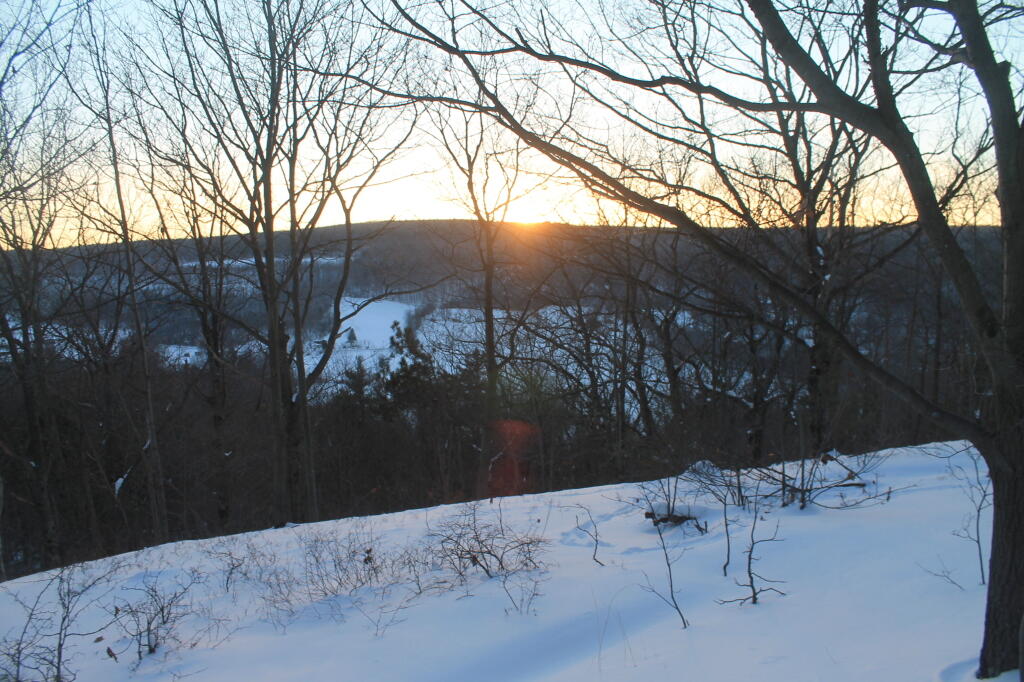Xcelsior CHARGE™ How it Works – New Flyer of America
Quick Charging of Electric Cars | PluginCars.com
I am glad that I had a manual transmission and learned to drive stick shift years ago
I am glad that I had a manual transmission and learned to drive stick shift years ago. Probably in 25 years with electric cars children won’t understand why cars had gears you had to shift or transmissions at all. Electric cars don’t have torque bands or gears because electric motors don’t need them as they have 100% torque at any speed, only limit on torque is current supplied to the motor. Even big electric buses, trucks and trains have only one gear.
Gas engines have to be turning at least 2,000 rpm to have much power and 3,500 rpm for full power. Electric motors have full torque at 1 rpm or 3,500 rpm, the only limit in torque is current supplied. Technically you don’t need to gears with a gas engine with a high stall speed torque converter as the slip in the torque converter can allow the engine to spin at a speed faster than the wheels, a feature aggressively exploited in an early automatic transmissions with one or two gears but allowing a lot of slip wastes a lot of energy. Buick made a one speed automatic transmission in the early 1960s – the car was painfully slow and got 6 MPG on a good day. Modem automatic transmissions limit the time they are slipping by having multiple gears and having gears that fully lock at highway speeds.
Why God’s Country voted for Trump
Not plagued by [black] locusts | NCPR News
By definition, an invasive species is from another ecosystem (typically overseas), is able to thrive and replace native competitors, and causes significant economic, ecological, or human-health effects. Examples like the emerald ash borer, Asian longhorned beetle, Japanese knotweed, and swallow-wort clearly fit that bill, causing billions in damage, but devoid of redeeming qualities.
I think it’s wrong to paint all invasives with the same brush. For one thing, given that there are more than 400 invasive species in NY State alone, the bristles would wear out long before you could finish the job. It is curious that black locust, which by some accounts was spread from its native range 500 or more years ago, has only been dubbed invasive in the past decade or so. On prairies, and grassland bird habitats generally, it can indeed be a problem. However, there are many other locales where it is clearly beneficial, economically as well as ecologically.
